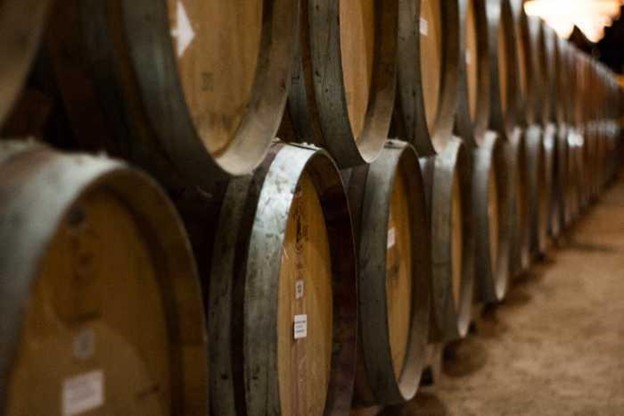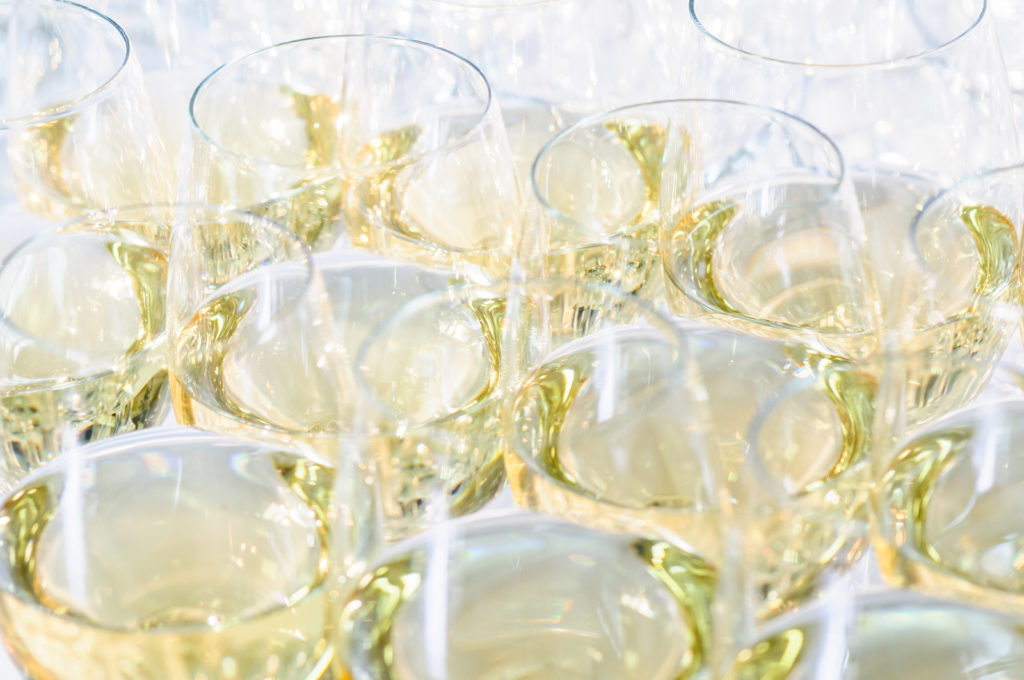When we think of wine, sweetness is probably the first thing that comes to mind. Sweetness is one of the most noticeable characteristics of wine and is usually tied to honey or caramel notes. But what about the world’s most popular wine grape? Is it sweet? Is Sauvignon Blanc a sweet wine? These questions may come as a surprise to some.
In wine, Sauvignon Blanc is often regarded as a neutral grape that produces crisp and refreshing wines. If you’ve never tried Sauvignon Blanc before, you may wonder why it’s considered a neutral grape. And if you’ve only tried sweet wines made from it, you might be wondering why it’s called Sweet White. Let’s look at why Sauvignon Blanc produces sweet wines and whether it’s a neutral grape.

What Is Sauvignon Blanc?
Sauvignon Blanc is an aromatic white grape variety that produces crisp and refreshing wines. It’s a neutral grape that can be grown in almost any climate and soil type. Sauvignon Blanc has been growing since the 15th century, especially in France.
Today it’s one of the most popular dry white wine grapes globally. Sauvignon Blanc is often thought of as a French wine grape, but it’s also grown in other parts, such as Australia, South Africa, and California. Wines like the famous Bordeaux dessert wine are examples of sweet dessert-style wines that are similar to pinot grigio. The famous Bordeaux dessert wine, Sauternes, is made from Sauvignon Blanc, Semillion and Muscadelle grapes.
Sauvignon Blanc’s most notable characteristic is its crispness and sweetness depending on where it`s grown. It’s often called “the world’s most versatile wine grape” because it can produce dry and sweet wines depending on the climate, soil, and growing.
How Is Sauvignon Blanc Made?
Sauvignon Blanc is often thought of as a grape that produces crisp and refreshing wines. But is it? You probably associate Sauvignon Blanc with sweet wines, but it can have both dry and sweet wines depending on the climate, the soil, and growing.
Sauvignon Blanc is a neutral grape that can be made in almost any environment. The grape is more likely to produce sweet wines in warmer climates because the grapes have a higher sugar content and lower acidity when temperatures are higher. Sauvignon Blanc is more likely to generate more acidity in cooler climates because it cannot produce too much sugar. This is one of the reasons for the fresh and crisp Sauvignon Blanc wines from New Zealand which have a world wide success.

What Are The Characteristics Of Sauvignon Blanc
The most notable characteristic of Sauvignon Blanc is its sweetness in warm climates. It’s often called “the world’s most versatile wine grape” because it can produce dry and sweet wines depending on the climate, soil and growing.
Sauvignon Blanc is a neutral grape that can be made in almost any environment. The grape is more likely to produce sweet wines in warmer climates because it’s producing more sugar are higher. Sauvignon Blanc is also more likely to have a crisp and fresh aroma in cooler climates as the flavors have more time to develop and less sugar is produced.

Factors Affecting The Sweetness of Sauvignon Blanc
Several factors affect the sweetness of this wine. The most notable ones are:
Effects of Region
Winemakers have found that Sauvignon Blanc is most likely to produce sweet chillable wines in warm climates. But what makes it sweeter in warmer temperatures? There is a direct correlation between the amount of sunlight and the grape’s ability to produce sugar.
So, if you live in a warmer climate, there’s a chance that your Sauvignon Blanc will be sweeter because it’s less able to produce acidity when temperatures are higher. At the same time, you`ll have a higher alcohol content as more sugar can be converted into alcohol.
Sauvignon Blanc is also less likely to produce sweetness in cooler climates because it cannot produce enough sugar temperatures are lower. The grape has difficulty making sugar as temperatures drop and finer aroma is developped.
Sauvignon Blanc from cool regions like California can be made sweeter than those from warmer areas like Australia, South Africa, and France. It may also be possible for a winemaker to control the sugar content by picking grapes at different times.
Wine Making Technique
The winemaking technique also affects the sweetness of the Sauvignon Blanc. For example, if a winemaker keeps the grapes on the vine longer to increase sugar content, it increases acidity.
So, to produce a sweeter wine, you would have to pick sauvignon blanc grapes at different times. The grapes picked early will have a lower sugar content and less acidity than those selected late.
Some winemakers add sugar to their wines to make them sweeter. This is only allowed within the legal limits.
Harvest Time
Harvest time also affects the sweetness of Sauvignon Blanc. If you pick grapes early, they will have lower sugar content and less acidity than those selected late. But this may not be the best way to produce a sweeter wine. The grapes picked early will have more green flavors because they are underripe.
So when picking grapes, it is important to balance the sugar and acidity levels of your Sauvignon Blanc. That’s why many winemakers like grapes at different times so that each bottle of wine has a good balance between sweetness and acidity.

Is Sauvignon Blanc a Sweet or Dry Wine?
Sauvignon Blanc is an aromatic, full-bodied yet less expensive wine. It’s often described as grassy, green, and herbaceous. Some people also describe it as being similar to gooseberries and passion fruit.
Sauvignon Blanc is also a dry wine. It has medium to high acidity and a low sweetness, which means it’s not very sweet and doesn’t have much residual sugar. However, Sauvignon Blanc can still be sweeter by adding sugar and acidity to the wine.
How To Taste Sauvignon Blanc
The easiest way to test the sweetness of Sauvignon Blanc is by tasting it. If you buy a bottle of Sauvignon Blanc and find that it’s too sweet for your taste, the solution is simple – just let the wine age for a while. Over time, wines can become more fruity, complex, and even more enjoyable.
Experienced tasters often say that aged wines are the best ones to drink. When we taste wine, we’re not just tasting the grape itself. We’re tasting all of the elements that make a glass of wine, including the soil, the climate, the equipment the grapes were grown in, and even the winemaker’s technique.
How to Find the Perfect Sauvignon Blanc wine
If you’ve tried Sauvignon Blanc before, you may have noticed that some bottles are too sweet while others are too dry. If so, you know that Sauvignon Blanc can produce sweet wines as well as dry wines, depending on the winemaker’s technique, the climate, and other factors.
You may also have noticed that Sauvignon Blanc is often more likely to produce acidity when the temperature is lower. That’s because Sauvignon Blanc is less able to produce higher amounts of sugar in warmer climates.
Conclusion
Sauvignon Blanc is a versatile wine that can be made into sweet and dry versions. However, it’s important to remember that Sauvignon Blanc is less acidic in warmer climates and more acidic in cooler temperatures.
In this article, we’ve looked at the differences between Sauvignon Blanc and other wine grapes. We’ve also looked at the characteristics of Sauvignon Blanc, including its color, clarity, aroma, taste, sweetness, acidity, and fruitiness.

